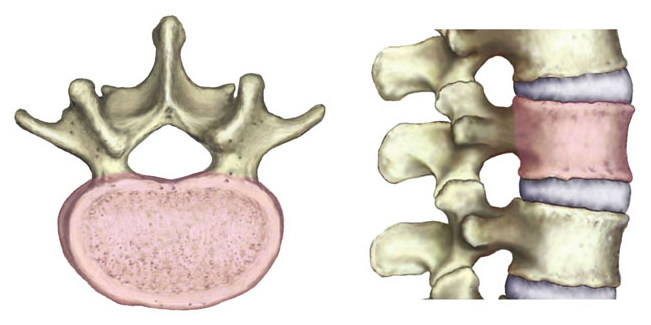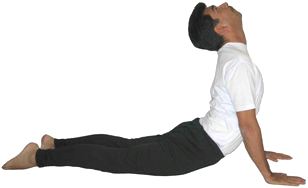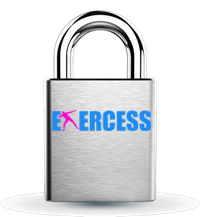Yoga can help treat sciatica
Sciatica is a painful and sometimes chronic condition in which you may experience tingling and pain in your lower back, buttocks, hips, thighs, legs, and feet. The pain can be the result of inflammation of the sciatic nerve, or from stenosis of the spinal canal. Stenosis can occur for various reasons:
- Thickened ligaments: the ligaments that help to hold the vertebrae together can sometimes become thicker and stiffen with age. The thickened ligaments can bulge into the spinal canal.
- Spinal injuries: a spinal injury can cause dislocation or fracture to one or more discs. Bone fragments from the damage may partially block or damage the contents of the spinal canal.
- Herniated discs: the soft, shock absorbing cushions between the vertebrae tend to dry out with age, and cracks in the disc’s exterior may allow some of the disc’s soft inner material to bulge out and press on the spinal cord or nerves.
- Bone overgrowth: osteoarthritis can cause the vertebrae to grow ‘spurs’, which can grow into the spinal canal.
 People with spinal stenosis are generally over the age of 50, although it can occur in younger people. If you’re under 50 and have stenosis, it needs to be checked out to identify the cause (it could have been caused by trauma, e.g. an injury, or through a genetic disease affecting the development of muscle and bone, or a congenital spinal deformity such as scoliosis).
People with spinal stenosis are generally over the age of 50, although it can occur in younger people. If you’re under 50 and have stenosis, it needs to be checked out to identify the cause (it could have been caused by trauma, e.g. an injury, or through a genetic disease affecting the development of muscle and bone, or a congenital spinal deformity such as scoliosis).
If stenosis goes untreated it can result in numbness, weakness, problems with balance, incontinence, and (rarely) paralysis. So if you have sciatica for any length of time it is essential you see a doctor to have it checked out.
Yoga as a therapy for sciatica
Firstly, let me repeat that untreated sciatica can result in some very serious complications, such as nerve damage, loss of feeling, and loss of bladder control. So please don’t just assume that sciatica is a relatively minor discomfort and is best treated by yoga or some other exercise routine. You should first seek proper medical advice. I am NOT a doctor, nor do I have any medical training or qualifications, so, although I offer some carefully thought-out advice, that’s all it is … advice, nothing more. You really must see a doctor before doing anything else.
Now, assuming you’ve taken those words to heart, there are some yoga poses that can be particularly useful in treating sciatic pain.
Bhujangasana
Bhujangasana (Cobra Pose) is a simple pose that virtually anyone can do. It effectively massages the lower back and spinal area and often helps to relieve sciatic pain.

Lie face down on the mat and relax your spine. In fact, relax totally. Then raise your head and place your elbows and then your palms on the floor under your shoulders, and gently push yourself up and back, breathing out as you do so. Return slowly to the start position. Repeat the exercise a few times if you feel it is helping.
It’s easy to overdo the arch you create in your lower back, so take care not to arch it too much or too quickly. Engage your abdominal muscles before you stretch. Ideally you will want to create an even stretch throughout the length of your spine (which isn’t easy), so you need to try to (gently) encourage your thoracic spine to stretch more that it wants to.

Sorry ... MEMBERS ONLY!
UNLOCK FOR FULL EXERCESS!EXERCESS is an online community of people who want to seriously improve their health and fitness, both mental and physical.
JOIN FREE TODAY!
… and get complete and unfettered access to an absolute goldmine of valuable information.
Already a member? Sign in!
